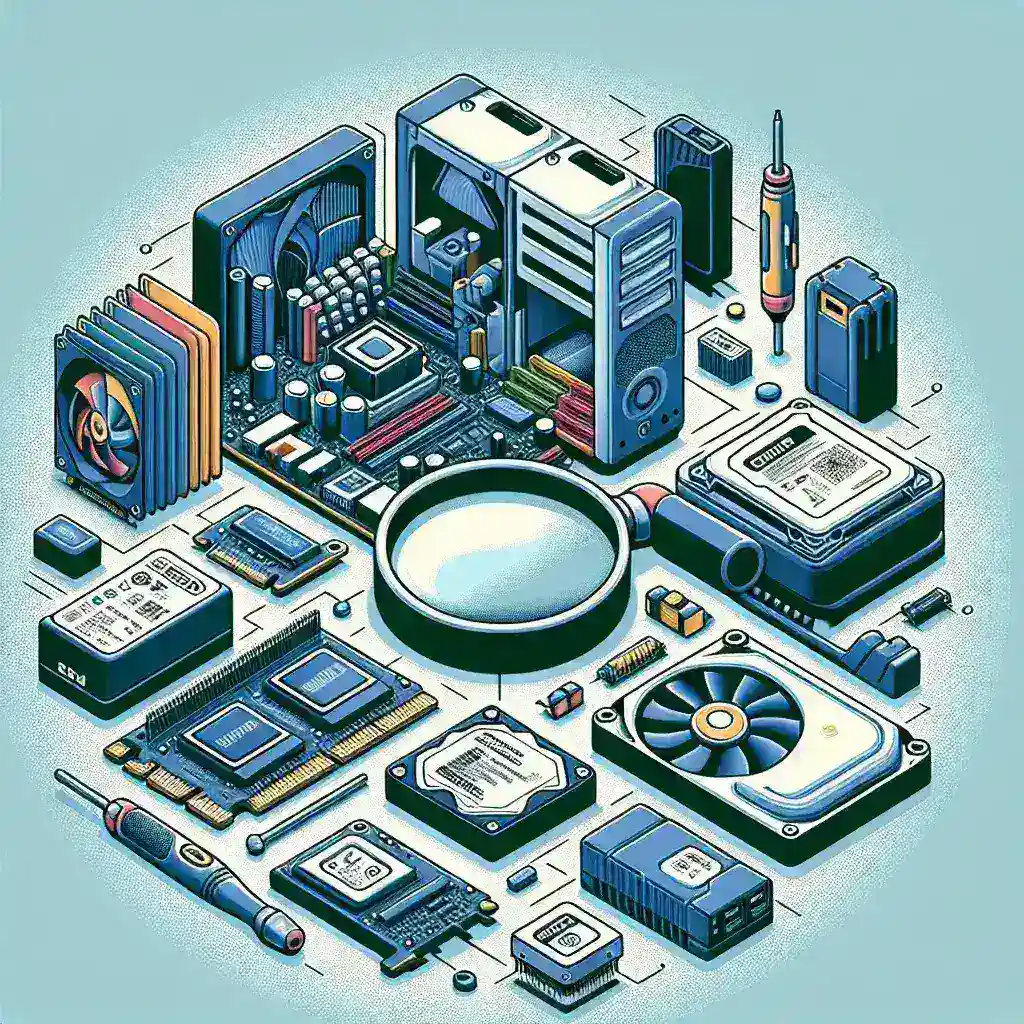Introduction
In today’s digital age, having a reliable and powerful computer is essential for many tasks, from everyday work to gaming and multimedia editing. However, with the plethora of options available, understanding computer specifications can be overwhelming. This comprehensive guide will break down the various components and factors to consider when evaluating computer specifications.
Processor
The processor, sometimes referred to as the CPU (Central Processing Unit), is the brain of the computer. It determines how quickly the computer can execute tasks and processes. Popular processor brands include Intel and AMD, and their performance is measured in terms of clock speed and the number of cores.
Memory (RAM)
Random Access Memory (RAM) is temporary storage that allows the computer to store and access data rapidly. The more RAM a computer has, the better its multitasking capabilities. For everyday tasks, a minimum of 8GB of RAM is recommended, while heavier tasks like video editing or gaming might require 16GB or more.
Storage
The storage component of a computer determines its capacity to store data permanently. There are two primary types of storage: Hard Disk Drives (HDD) and Solid State Drives (SSD). HDDs offer larger storage capacities at a more affordable price, while SSDs provide faster data transfer speeds and improved durability.
Graphics Card
A dedicated graphics card, also known as a GPU (Graphics Processing Unit), is crucial for tasks that require intensive graphics processing, such as gaming, video editing, or 3D modeling. The graphics card’s performance is measured in terms of VRAM (Video RAM) and clock speed. Popular graphics card manufacturers include Nvidia and AMD.
Display
The computer’s display is where the user interacts with the system. Factors like screen size, resolution, and color accuracy should be considered when evaluating a computer’s display. Higher resolutions, such as Full HD (1920×1080) or 4K (3840×2160), provide a sharper and more detailed image.
Operating System
The operating system is the software that manages and controls the computer’s hardware and software resources. Popular operating systems include Windows, macOS, and Linux. Consider your specific needs and software compatibility when choosing an operating system.
Conclusion
By understanding computer specifications, you can make informed decisions when purchasing or upgrading your computer. The processor, memory, storage, graphics card, display, and operating system are crucial components to consider, depending on your specific needs and requirements. Take into account your intended usage, whether it’s for work, gaming, or multimedia editing, to ensure you select the right specifications for your computer.

